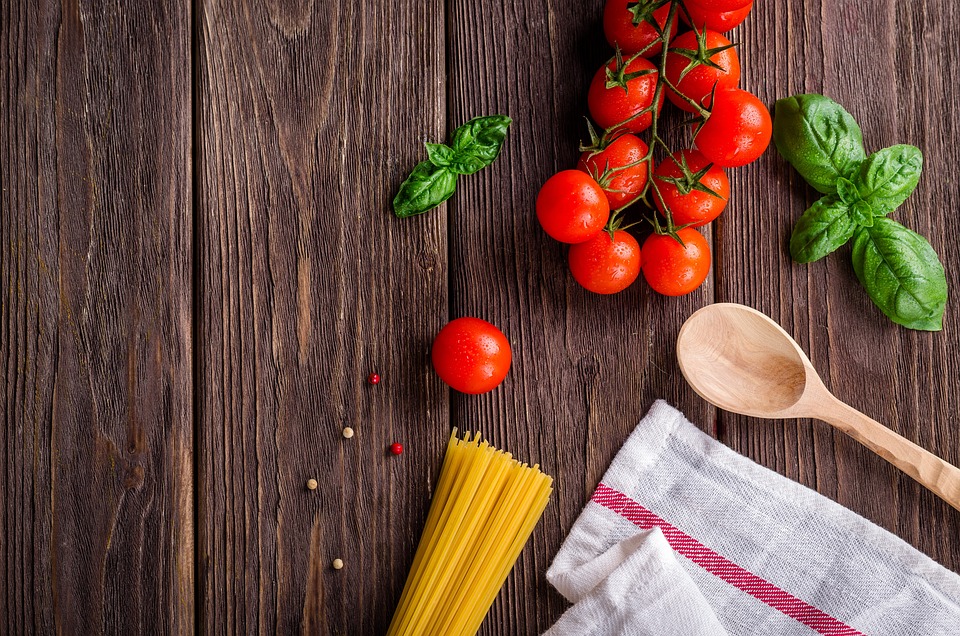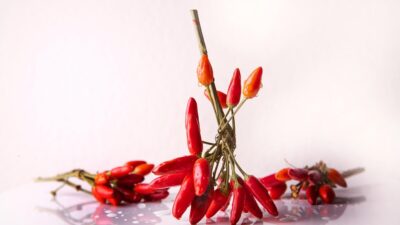In the world of culinary arts, spices are much more than mere flavor enhancers; they are storytellers that impart the essence of cultures, histories, and traditions. From the vibrant markets of India to the aromatic kitchens of the Mediterranean, spices weave tales of exploration, conquest, and the rich tapestry of human experience. This article delves into the stories behind some of the world’s most flavorful cuisines through the spices that define them.
The Journey of Spices
Spices have played a crucial role in human civilization for millennia. Their journey began with the spice trade, which traversed continents and seas, connecting disparate cultures and fostering a spirit of exchange. Merchants would transport prized spices such as pepper, cinnamon, and nutmeg from the East to the West, igniting a insatiable appetite that led to explorations and, ultimately, colonialism.
1. India: The Land of Spices
India is often hailed as the birthplace of spices, where they are revered not just for their flavor but for their medicinal and spiritual properties. The warmth of turmeric, the heat of chili, the earthiness of cumin, and the fragrance of cardamom all play integral roles in Indian cuisine.
Cultural Significance: Many spices in Indian cuisine carry profound cultural significance. For instance, turmeric is often used in Ayurvedic medicine and is regarded as a symbol of prosperity and fertility. Dishes like biryani, enhanced by saffron, tell stories of royal kitchens, while masala chai narrates the daily life of millions.
2. Middle Eastern Mystique: A Symphony of Flavors
The Middle East boasts a complex tapestry of spices like sumac, za’atar, and saffron that are fundamental to its culinary identity. These spices not only enhance flavor but also represent the region’s diverse cultures.
Tales of Trade: The Middle Eastern spice trade was pivotal during ancient times, with spices traded along the Silk Road. The widespread use of spices in dishes such as shawarma and kebabs reflects a history of culinary fusion, influenced by Persian, Turkish, and Arab traditions.
3. Southeast Asia: A Bold Palette
Southeast Asian cuisines—especially Thai and Indonesian—are celebrated for their bold use of spices and herbs. Ingredients like lemongrass, galangal, and kaffir lime leaves bring a unique profile to dishes.
Identity Through Ingredients: Thai green curry is a testament to the harmonious blend of flavors and spices, often representing a balance of heat, sweetness, and tanginess that narrates the soul of the Thai palate. Each region boasts its own variations, revealing a unique geographic and cultural identity through spices.
4. Latin America: A Fusion of Flavors
In Latin America, spices such as cumin, coriander, and chili powder are integral to the vibrant culinary traditions of the region. These spices tell tales of indigenous cuisines blended with Spanish influences.
Celebrating Diversity: The use of spices in dishes like mole from Mexico or ceviche from Peru narrates stories of ancient heritage and the fusion of flavors brought by colonization and migration. Each dish is a celebration of the rich cultural heritage that has shaped the region.
5. Mediterranean Marvels: A Harmony of Herbs and Spices
Mediterranean cuisine is characterized by its use of herbs and spices like oregano, basil, and dill. These ingredients reflect the climate and agricultural practices of the region.
Connection to the Land: In this culinary tradition, spices are closely tied to local ecosystems. For instance, the complex flavor of a Greek moussaka or Italian pesto speaks to the soil, sun, and rain of the Mediterranean landscape, embodying the connection between nature and nourishment.
The Modern Spice Journey
Today, the resurgence of interest in global cuisines has led to a newfound appreciation for spices. Chefs and home cooks alike are experimenting with lesser-known spices, highlighting their unique flavors and stories. The farm-to-table movement also emphasizes sourcing and understanding the origins of spices, reconnecting with their profound roots.
Conclusion
Spices are more than just ingredients; they are the custodians of stories that transcend time and geography. They narrate tales of ancient trade routes, cultural exchanges, and the daily lives of people around the world. As we explore the diverse cuisines defined by these spices, we gain insight into the cultures they represent. So, the next time you sprinkle a pinch of cinnamon or savor a hint of cumin, remember that you are experiencing a rich narrative—one that speaks of history, tradition, and the vibrant tapestry of human life.
In the realm of flavor, spices will continue to captivate and connect us, as they have for centuries.



